Date: 5 June 2003
Samsung's new 1,870mm x 2, 200mm glass will provide maximum efficiencies and cost benefits to support the growing demand for larger size LCD monitors, from 19- to 21- inches, as well as 32- and 40-inch panels for LCD TVs. With its glass substrate set, Samsung is in final planning stages on its 7th generation line and is on target to enter production in early 2005.
Samsung also revealed that it is adding an additional 5th generation LCD substrate line in the second half of this year to support increased customer demand. This news demonstrates Samsung's ability to support the market with a broad range of high quality screen sizes, and solidifies the company's leadership position in the TFT-LCD industry.
Significance of the 7th Generation Glass Substrate
The introduction of the 7th generation substrate strengthens Samsung's advantage over its competition for standardization, which will grow even more fierce in the coming months. While companies battled for dominance in the 13.3- inch and 14.1-inch screen market for notebook PCs, as well as in the 17-inch and 18-inch space for desktop monitors, Samsung maintained its market dominance by launching high value, market standard 14-inch and 17-inch screens.
The battle over standards in the LCD-TV market will also intensify. Samsung will sharpen its competitive edge by advancing directly to 7th generation production because it efficiently supports both 30- and 40-inch screen sizes -- ideal for LCD TVs. The company will skip the 6th generation substrate, which is effective for producing 30-inch screens; but decreases in productivity when fabricating 40-inch models.
Samsung's 7th generation fabrication line will yield twelve, 32-inch screens or eight, 40-inch screens per substrate. This is 1 1/2 to 2 times more efficient than the 6th generation line at producing these size screens. And, the time difference to implement either of the new sizes is virtually nonexistent.
By adopting the 7th generation fabrication line, Samsung will be able to deliver a major price improvement in its LCD competitiveness in the flat screen display market. History shows that production costs in the TFT-LCD industry fall 20-30 percent each time a larger substrate size is adopted.
The market for large screen displays will be fully established by 2003, and digital broadcasting is expected to emerge in 2005, fueling rapid market growth. Price competitiveness will still remain the most important factor for this market segment. While the 6th generation line ensures excellent productivity for 30-inch screens, it limits the ability of LCDs to compete with PDPs in the large-screen arena. In contrast, the 7th generation LCD line is expected to "out compete" PDPs in terms of product cost for 40-inch models.
Samsung's decision to move directly to 7th generation substrate, which is about three times larger than the 5th generation substrates, demonstrates the company's confidence in its production technology. The TFT-LCD fabrication process becomes far more difficult as substrate sizes increase. Companies with weak technology will have difficulty developing the larger substrates.
Samsung has proven its production expertise through its first 5th generation line, initiated last October, that is on schedule to reach a monthly input of 100,000 glass this July. When Samsung Electronics adopted a 5th generation line, Taiwanese makers followed suit. Some of these companies adopted the very same 5th generation line that Samsung uses, demonstrating a strong belief in Samsung's technology. Samsung's decision to move to the 7th generation substrate may very well spur a new trend in TFT-LCD production. The 1,870mm x 2,200mm size is a probable market standard for next generation TFT-LCD manufacturing lines.
The Chonan district in Korea is emerging as the "Mecca" of the global LCD industry. Samsung Electronics started a 3.5 generation line there in 1998, followed by the introduction of a 5th generation line last year. Currently, the company is operating three LCD fabrication lines at Chonan. The new 7th generation, 2 million m2 (21.3 million f2) production complex is being built at a neighboring location, Tangjung, Asan.
The Chonan TFT-LCD industry belt takes shape with Samsung-Corning's glass production lines at Chonan; Sumitomo's advanced 5th generation color filter production at its Korea subsidiary at Pyeongtaek; and other TFT-LCD components in the region.
The continued concentration of TFT LCD-related facilities, from glass to finished product, will greatly contribute to the synergy and efficiencies of Samsung's success.

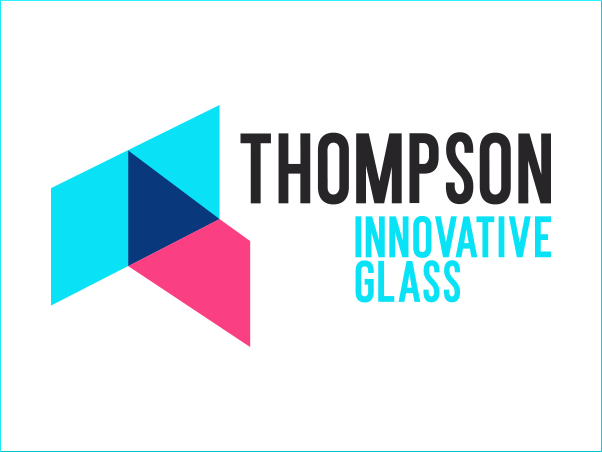
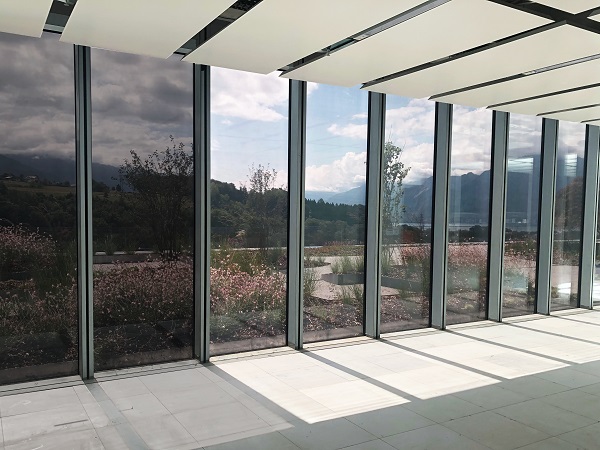
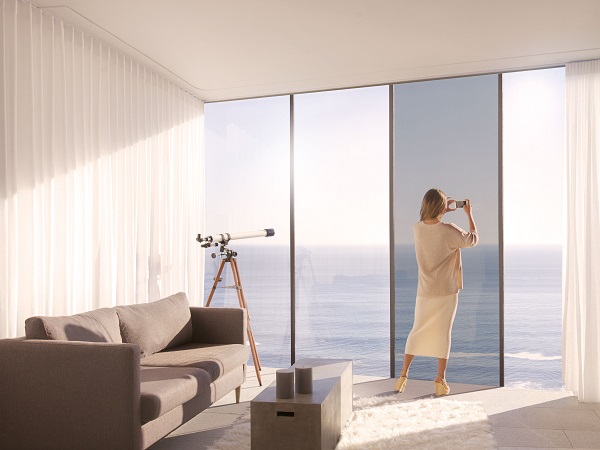


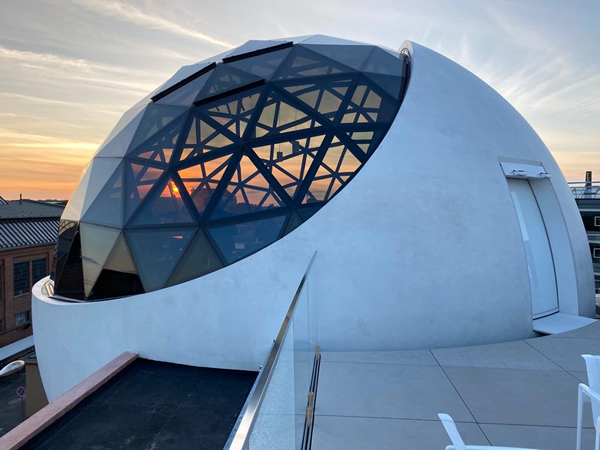

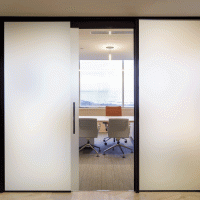
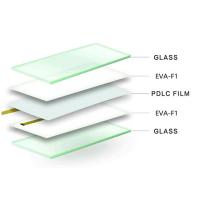
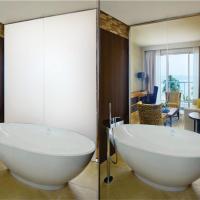
Add new comment